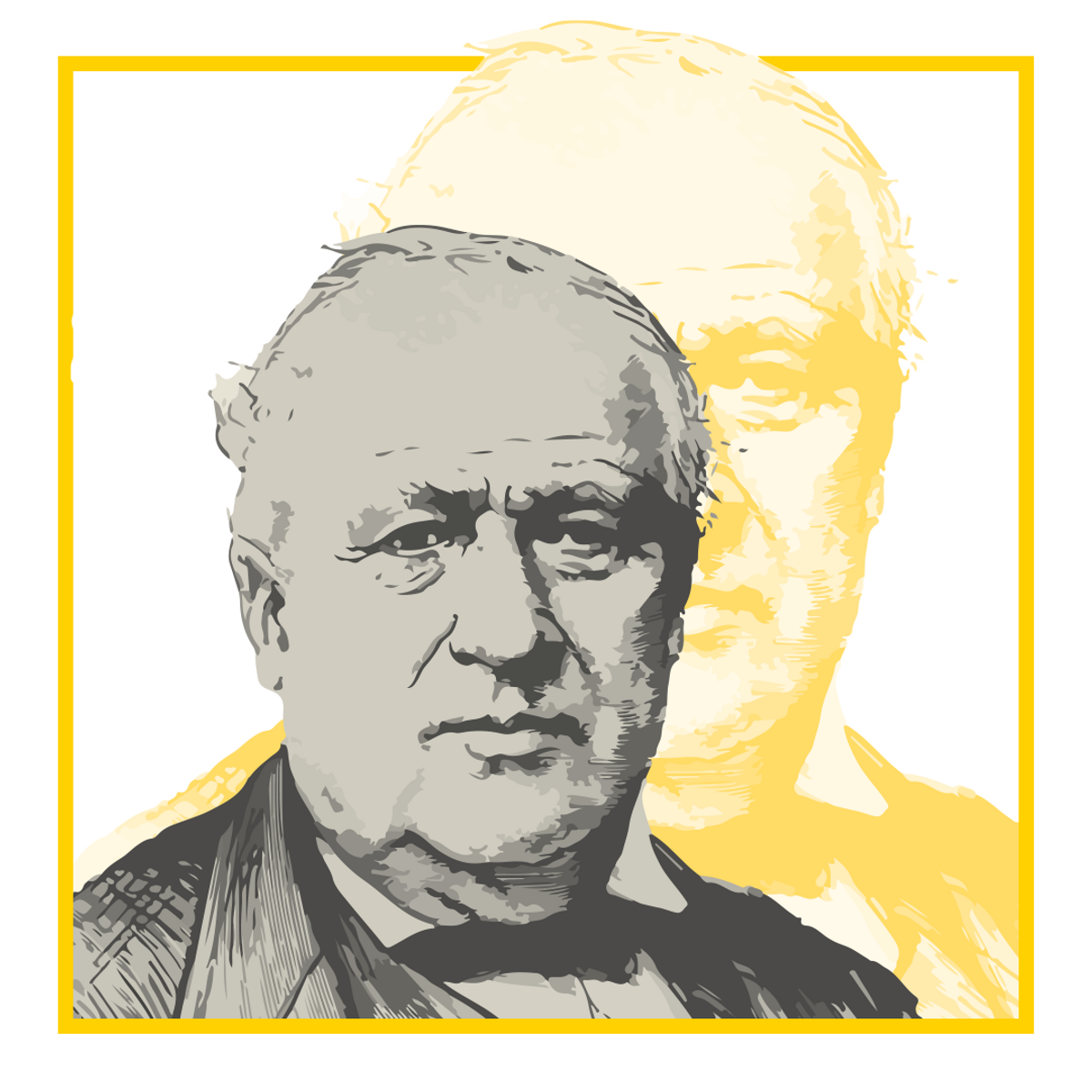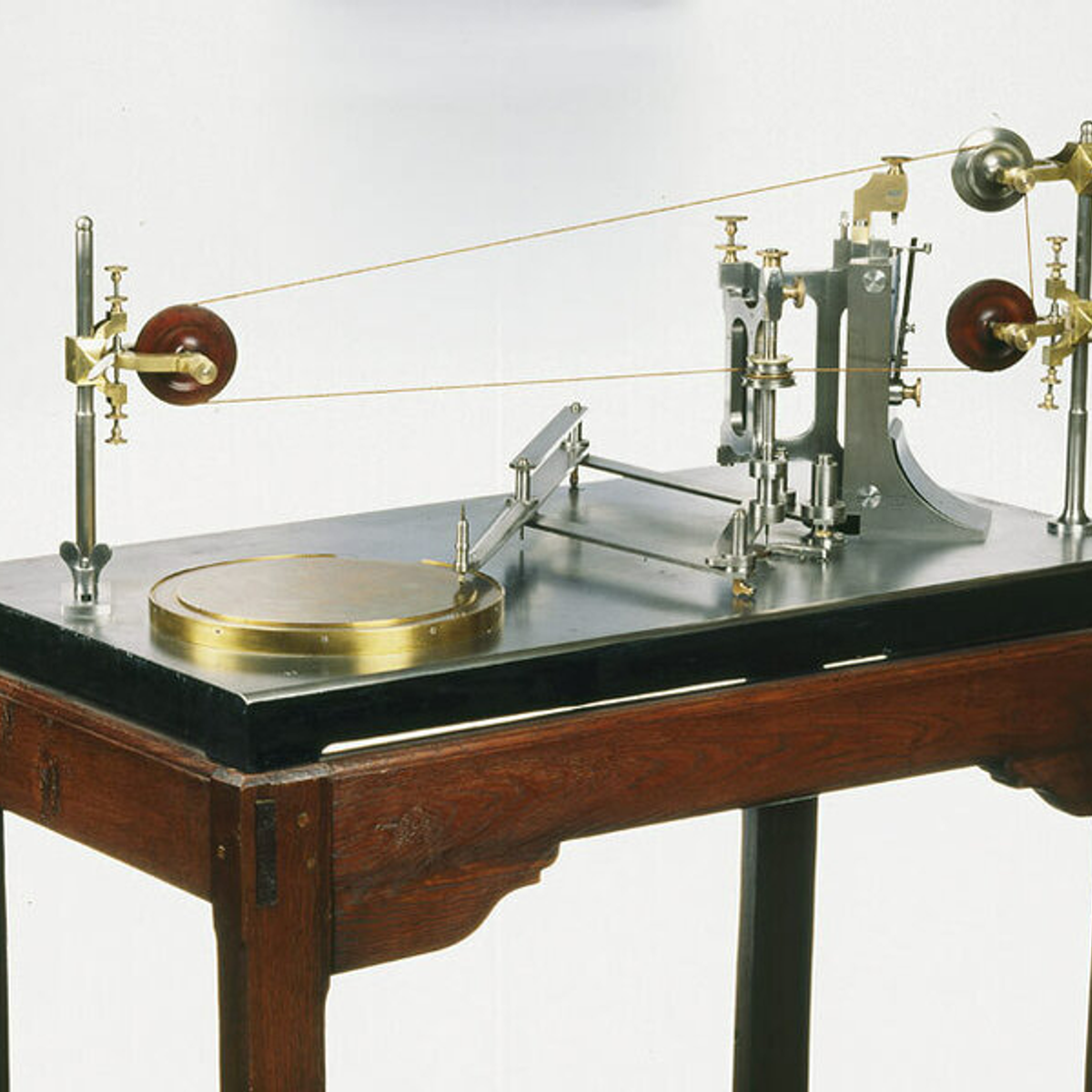A watchmaker’s son, born in 1800, Georges-Auguste Leschot’s talent as a toolmaker and inventor benefited not just Vacheron & Constantin, for which he worked, but Swiss watchmaking in its entirety. Influenced by the methods of the fast-growing American watch industry, he came up with the concept of uniform, interchangeable components for watch movements that could be assembled into standardised layouts. Having invented the Swiss lever escapement in 1830, series-manufactured by Antoine Léchaud, in 1839 Leschot was hired as technical director by Jacques-Barthélémy Vacheron and François Constantin. Of the many machines he invented, one would prove to be a gamechanger. By enabling the manufacture of rigorously identical parts of consistent quality and in large quantities, the pantograph paved the way for interchangeable components. This marked an important advancement in reliability, precision and quality for the entire watchmaking industry in Geneva.
Another of Georges-Auguste Leschot’s inventions would bring him fame beyond the Swiss watch industry. His design for a hydraulic drilling machine that used black diamonds to bore holes in rock opened up new possibilities for piercing mine shafts, quarries and tunnels. Displayed at the Paris Exhibition of 1862, Leschot’s machine was granted patents in several European countries as well as the United States. It also earned him a Gold Medal from Geneva’s Société des Arts in 1876. Georges-Auguste Leschot died in 1884, having brought Swiss watchmaking to the cusp of the machine age.
1830
Devised the Swiss lever escapement, series-produced by Antoine Léchaud.
1839
Invention of the pantograph, leading to standardised, interchangeable parts for watches fitted with the same movement.
1845
Presented with the Auguste de La Rive award for inventions of benefit to Swiss industry.
1876
Awarded a Gold Medal by the Société des Arts for his invention of a drilling machine that used black diamonds to bore holes in rock.

